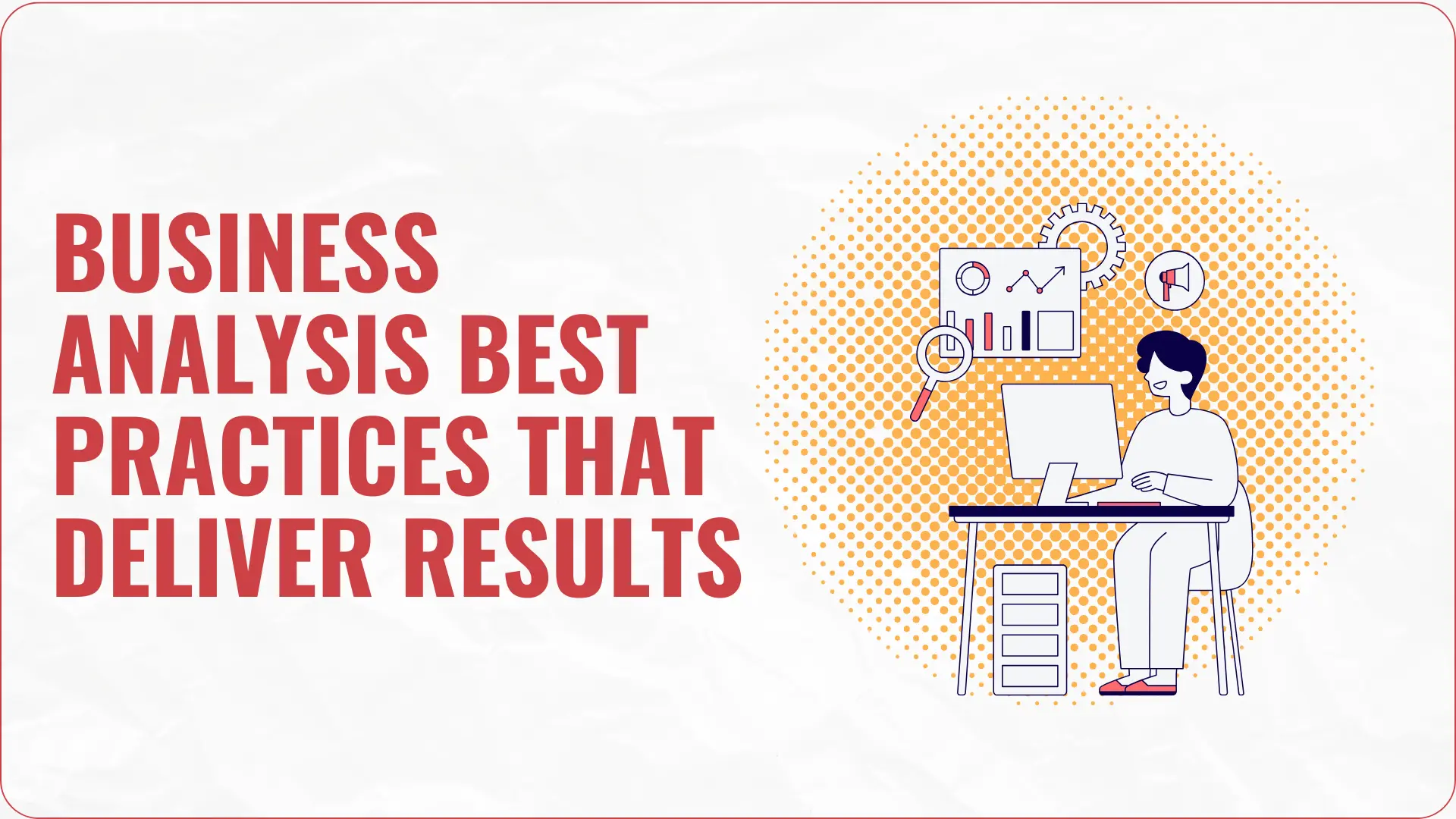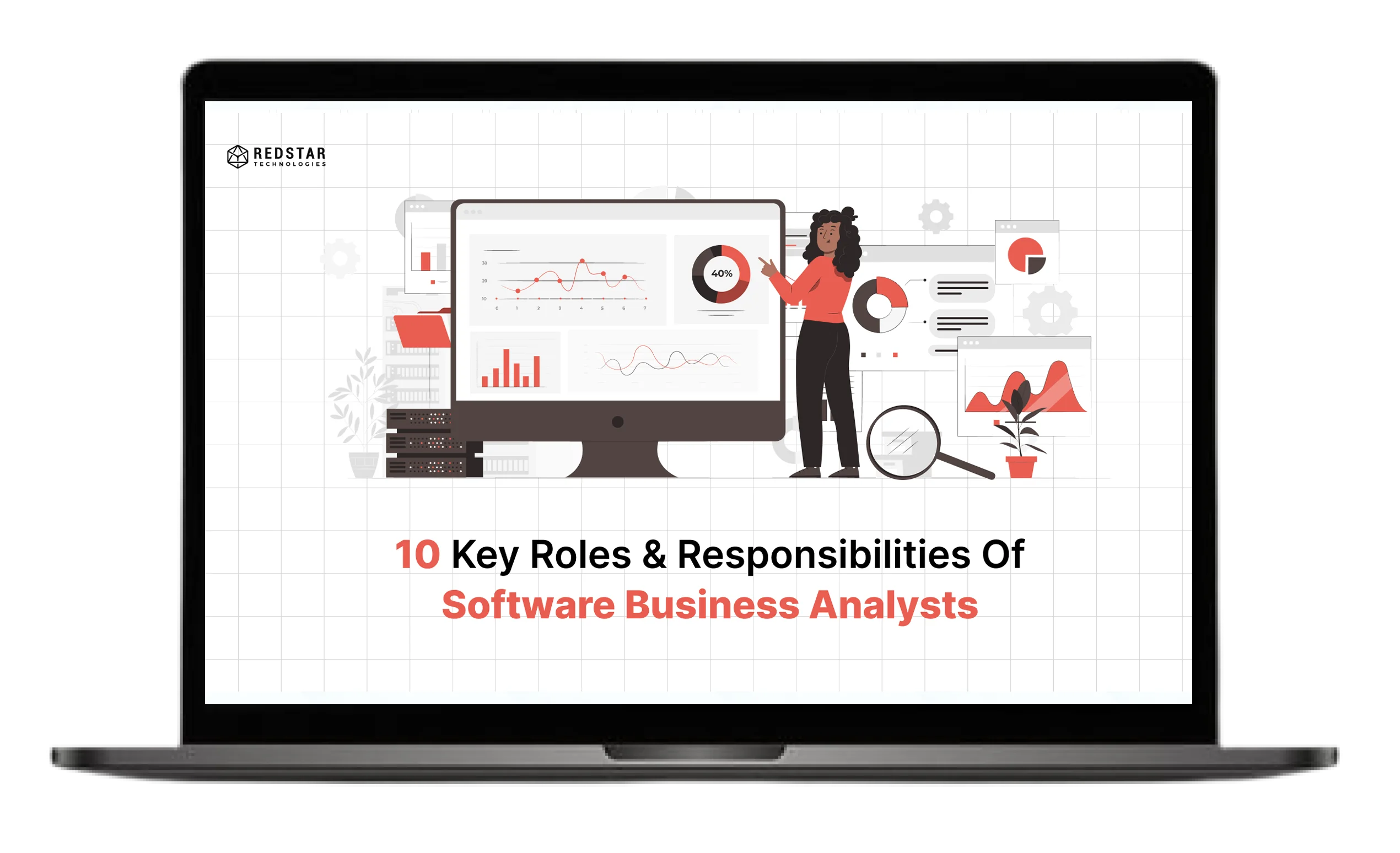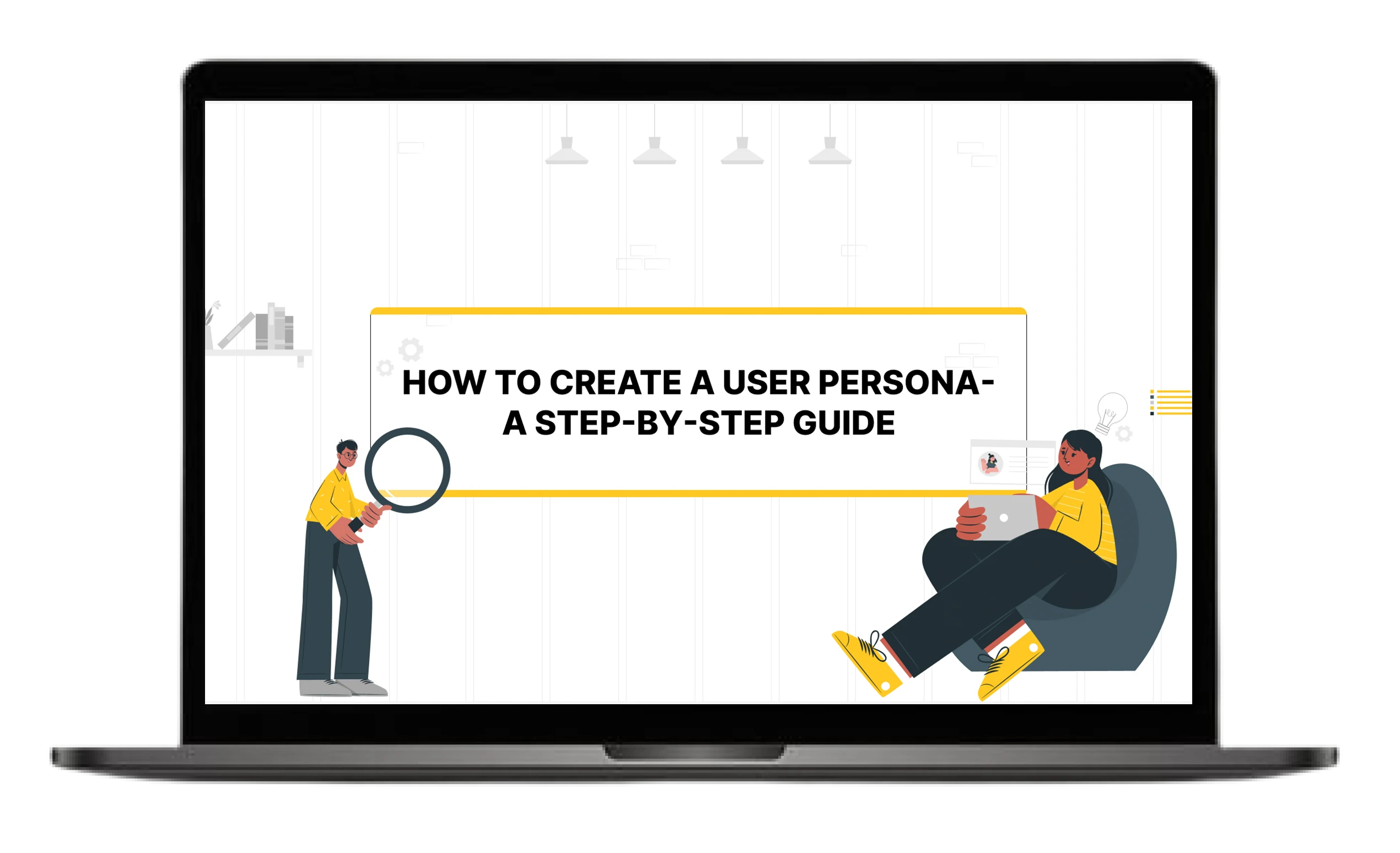According to PMI, businesses with the best business analysis practices save 21 percent extra. They also complete 30 percent of their projects on schedule. However, only 46 percent of businesses practice these. This equates to a loss of billions of value. This blog will explain the best business analysis practices. These are the practices that ensure quick delivery, greater ROI, and reduced risks in every Red Star Technologies project.
Why Business Analysis is Relevant to Organizational Success?
Business analysis assists companies in linking business requirements to the appropriate solutions. It ensures there is an equivalence between goals and actions. Business analysts are critical in such a process.
They bring business strategy into the day-to-day activities. They also link people, processes, and technology. This generates seamless processes and effective communication.
Digital transformation is enabled by business analysis. It assists organisations to embrace change and utilise technology to grow. When it is done properly, it boosts project success and long-term outcomes.
Best Practices of Business Analysis That Deliver Results
The following are the best eight business analysis practices that deliver the best results:
1. Build a Continuous Improvement Model
A Continuous Improvement Framework improves the business analysis. It eliminates cost and minimizes risks. It assists teams in achieving consistent results.
The best practice is the PDCA cycle. This is Plan, Do, Check, and Act. In the Plan step, identify a goal and divide it into small steps. In the Do step, run the task and gather data. In the Check step, compare the results with the target. In the step of the Act, maintain what works and modify what cannot.
This basic loop makes all projects better. It creates results quickly, and they are safer and more trustworthy.
2. Engage the Stakeholders Early and Often
Weak stakeholder management leads to the failure of most projects. It causes delays. It causes confusion and raises the costs.
The answer is simple. Have the right conversations with the right people. A Stakeholder Map displays those with an interest and power. A RACI Chart indicates the people in charge of various activities. They clarify roles and prevent misunderstandings.
A brief 15-minute chat with major stakeholders also offers benefits. Ask them how they define the idea of success. Ask what they are worried about. Ask who else should be included. These minor conversations foster trust and minimise conflicts.
3. Apply Agile Business Analysis to provide Quick Feedback
Agile analysis centers on speed and mobility. It provides feedback as the project progresses, as opposed to the end of the project. This allows quicker feedback, reduces risks, and keeps projects aligned with changing business needs.
There are two primary frameworks employed:
- Scrum: Sprints are short, classically 2-4 weeks. There are specific objectives in every sprint, and feedback is gathered at the conclusion. That is why it is simpler to get better gradually.
- Kanban: It uses a visual board of columns, such as “To Do” and “Done.” It also leverages continuous delivery and allows teams to not have fixed sprints.
Both techniques allow rapid learning and acceleration of adaptation. The use of any of them depends on the nature of the project and the working style of the team.
4. Emphasise Data-Driven Decisions
Good analysis relies on facts, and not opinions. Data-driven decision making provides that a choice is made based on measurable evidence. This allows organizations to be smarter to avoid waste, track, and prioritize what matters.
A single method is the creation of a KPI tree. It bridges the gap between a large business objective and small, achievable outcomes. For example:
Goal: Increase customer satisfaction
- KPI: Improve response time by 20 percent
- KPI: Reduce service errors by 15%
When gathering information, you should not record vanity metrics. These are figures that sound good but do not translate into value, like total downloads without monitoring active use.
Important resources are:
- Power BI - good in dashboards and reports
- Tableau- best visual analysis and trends
- Excel - adaptable to basic KPIs tracking and calculations
Data and tools can enable teams to make better decisions and demonstrate the impact of their work.
5. Utilize Lightweight Process Modeling to Display Value Streams
Process modeling aids teams to visualise the flow of work throughout its completion. It reveals issues and demonstrates areas of improvement. The reason lightweight process models are effective is that they are fast to construct and easy to communicate.
There are two common ways:
- SIPOC: Suppliers, Inputs, Processes, Outputs, and Customers. It leads to an overview of how a process is performed. This is helpful in high-level analysis at the beginning of a project.
- Value Stream Mapping: This shows you all the steps in a process. It also demonstrates the durations and values of each of the steps. This facilitates the detection of delays and wastes.
6. Choose the Appropriate Business Analysis Tools in Your Stack
Your business analysis tools can be critical. The correct tools enhance cooperation, coordinate requirements, and projects planning. The selection of the best option is dependent on the team's needs and the kind of projects.
Popular tools are:
- Jira - most suitable agile teams, backlogs, and sprints.
- Azure DevOps is integrated with Microsoft and will work effectively with an enterprise project.
- Monday.com - visual and easy-to-adapt boards for various working processes.
When choosing a tool, keep in mind the following:
- User-friendly to business and technical teams
- Cost and licenses liability
- Integration with current systems
- Reporting and analytic capabilities
- Security and compliance requirements
- Scalability to business growth
- Team training and adoption requirements
The right tool can help you save time, enhance communication, and cut mistakes. It becomes the foundation of good business analysis.
7. Verify Requirements with Prototyping and Early Testing
Early verification of requirements eliminates the expensive errors in the future. Teams can also test the ideas easily using prototypes and mock-ups, rather than waiting until the whole system is developed. This provides stakeholders with an accurate idea of how the solution will operate. It also facilitates the collection of feedback before development is undertaken.
The prototyping tools are:
- Balsamiq - simple wireframes, best suited to sketches.
- Figma - more sophisticated, enables interactive mock-ups and real-time collaboration.
Early prototypes are money and time-saving. As an example, in one case, a prototype was created that identified the flaws of the design before any coding even started. Early correction saved the cost of over 250,000, as reworking would have been done.
Early testing and prototyping minimize the risks and ensure that the requirements are adequate to fulfill the business demands.
8. Measure ROI of Business Analysis Projects
Business analysis develops value, but the effect should be accurately measured. Return on Investment or ROI is the measure of how beneficial the analysis is as compared to its price.
The formula is simple
RO = (Value Delivered- Cost of BA Effort) / Cost x 100
For example:
- Value added: 500,000$
- BA effort costs: 100,000$
- RO = (500,000-100,000)/100,000 x 100 = 400%
This implies that each dollar invested in business analysis would turn into $4.
Useful tools to track ROI:
- Excel cost-benefit spreadsheet templates
- Dashboards displaying the financial effect over time
By monitoring ROI, organizations can justify the worth of analysis in business and ensure that additional activities are provided greater backing.
Common Pitfalls to Avoid in Business Analysis
The following are the mistakes that you must avoid in business analysis:
_1756295068.png)
- Failure to align the stakeholders may cause scope gaps and missed expectations.
- The emphasis on documentation rather than problem-solving retards development.
- Overlooking the quality of data leads to poor analysis and faulty decisions.
- The combination of tools with no clear strategy usually results in confusion over efficiency.
- Complexity in process models complicates work to the point where teams cannot readily comprehend and take action.
- The failure to practice retrospectives leads to repetitive errors in any given project.
- Measuring vanity metrics can mislead decision-making by disguising the actual business impact.
In Red Star Technologies, we do not make these mistakes but create order and best practices. Our team helps with the proper alignment of stakeholders, the use of credible data, the right tools, and meaningful business results. This strategy delivers value that can be measured and facilitates constant success in any project.
FAQs
1. What is the job of a business analyst?
Business analysts observe business needs, assemble requirements, and collaborate with teams to design solutions that are right. They bridge stakeholders with technology teams.
2. How will business analysis benefit the growth of my organization?
Business analysis will minimise costs, streamline or enhance processes, and align projects to business objectives. It makes sure that the investments are valuable and facilitate long-term growth.
3. What role does agile business analysis play in agile to improve results?
Agile business analysis provides value in smaller changes and gathers feedback as early as possible. This increases the flexibility of projects and enables groups to respond to changes in the business environment more quickly.
4. Which of the tools are most helpful to business analysis?
Common programs are Jira, Azure DevOps, Monday.com, Power BI, and Tableau. The best option depends on the project size, team requirements, and ability to connect to the current systems.
5. How can I tell whether business analysis is a success?
One can quantify the success in terms of clear outcomes, including increased speed, cost reduction, stakeholders' satisfaction, and growth in ROI. Monitoring these results reveals the actual effect of business analysis.




















